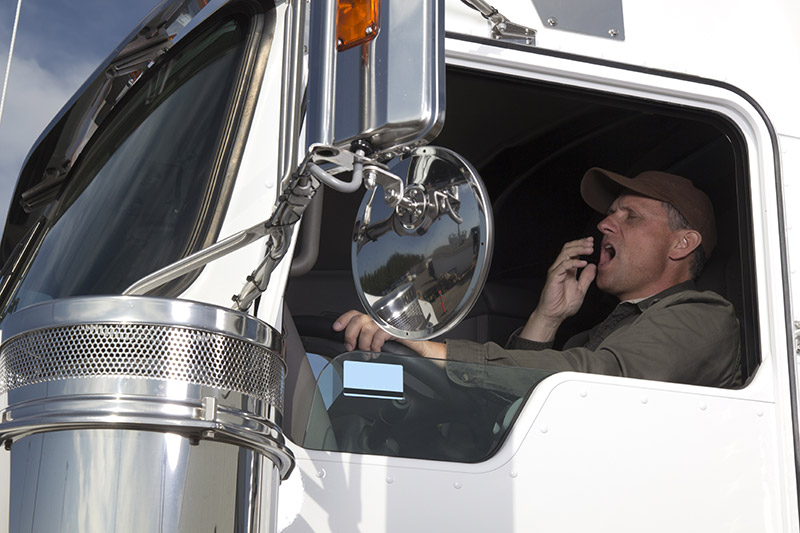Advanced Rulemaking to Ease Hours of Service Rules proposed by the FMCSA
Aug 19, 2018 in News, Regulations and road rulesThe Federal Motor Carrier Safety Administration is proposing changes to restriction concerning the hours of service for truckers. The proposed changes aim to revamp what counts toward the 11-hour daily limit that truckers can spend behind the wheel.
In an interview with Trucks.com, Federal Motor Carrier Safety Administration Administrator Ray Martinez said he received numerous complaints from trucking associations regarding the hours of service regulation. The hours of service regulation took effect in 2013.
The hours of service rule is meant to reduce driver fatigue that could lead to crashes. It limits the driver to no more than 11 hours of driving a day within a 14-hour workday. Drivers must then be off duty for 10 consecutive hours.
The Federal Motor Carrier Safety Administration is expected to publish the proposals which will make complying with the hours of service rule much easier. The proposals have been received by the federal Office of Management and Budget earlier this week. However, the White House must approve them before rulemaking can occur.
The agency is also waiting on approval from the White House’s Office of Management and Budget for a research plan intended to study the safety aspects of allowing drivers to split their 10-hour off-duty time into segments, rather than taking it as a straight 10 or the limited 8-2 split.
The proposals include a change in the way drivers can count their driving hours. For example, If drivers don’t count the time they wait for a load or sitting in traffic, they could move more cargo within the 11-hour shift. That could be a possible solution to the recent booming economy and a shortage of drivers. 71 percent of the nation’s freight has been carried by trucks.
The proposed rulemaking is expected to be announced next Tuesday. Meanwhile, Ray Martinez declined to reveal any specifics.
However, the split-sleeper berth is one area which is likely to be affected. The split-sleeper birth means a driver can use the sleeper berth of a big rig to get the equivalent of at least 10 consecutive hours off duty before starting the clock on another driving shift. Eliminating a mandatory 30-minute rest break after eight hours of driving, and consideration of congested driving and adverse weather conditions also are expected to addressed.

“Federal Motor Carrier Safety Administration has recently received petitions conveying widespread concerns on hours-of-service regulations and requesting rulemaking,” the agency said in a statement.
Todd Spencer, president of the Owner-Operator Independent Drivers Association, said his association is eager to see how its petition for hours of service changes is reflected in rulemaking.
In July OIADA made an exemption request for a five-year delay in implementing Electronic Logging Devices, or ELDs, for its 161,000 small business trucking professionals and independent drivers. An exemption request which The Federal Motor Carrier Safety Administration denied. Electronic logging replaced paper logs that depended on drivers accurately keeping track of hours driven.
According to the Federal Motor Carrier Safety Administration, ELD’s are still a problematic area for many drivers and truck companies.



